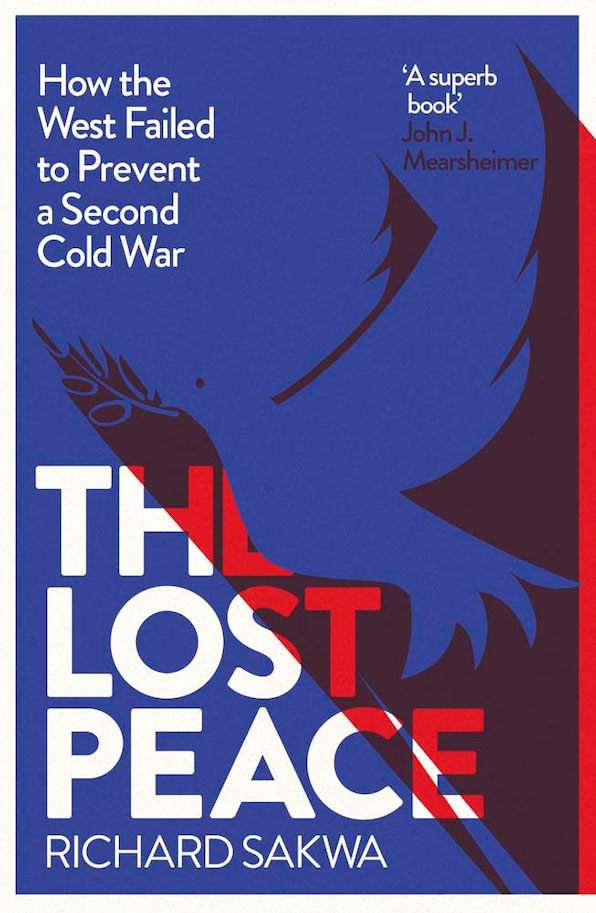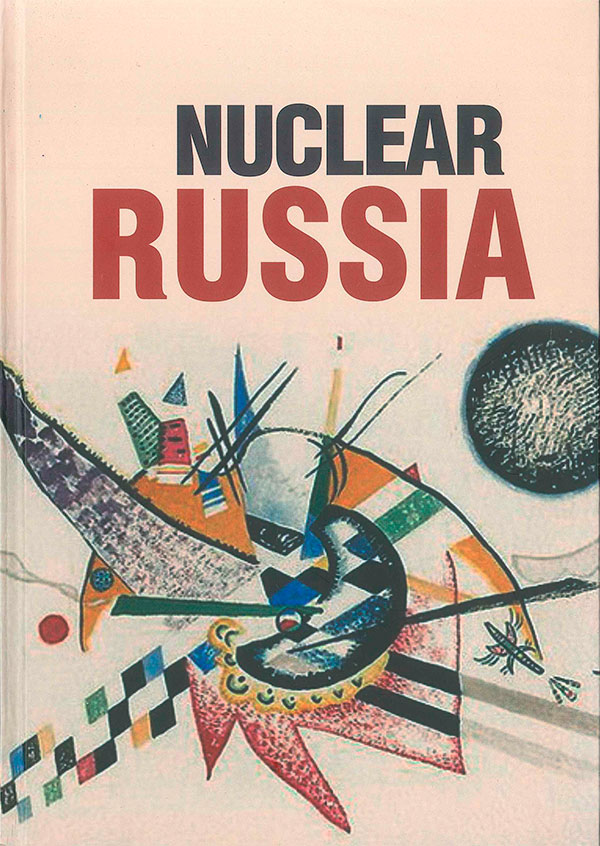Sesame Opens the Door
In
Login if you are already registered
(no votes) |
(0 votes) |
Research Fellow at the Primakov Institute of World Economy and International Relations under the Russian Academy of Sciences, RIAC expert
After a lot of red tape the US government is about to give the go-ahead to a package of major contracts for the Gulf monarchies’ procurement of arms.
As a rule, large-scale contracts in the area of military-technical cooperation are concluded between states having friendly relations, and a final political approval becomes a mere formality, once the economic and technical details are agreed upon. However, the situation with several large contracts for the purchase of American fighter jets, signed two or three years ago at the beginning of a sharp aggravation of the situation in the Middle East with the countries that are traditionally considered regional US allies, namely Bahrain, Qatar and Kuwait, proved to be entirely different. Saudi Arabia had concluded a major similar agreement too, but its execution, to all appearances, was practically sabotaged on the homestretch by the Presidential Administration.

USAF/ F-15SA
Ironically, nearly all contracts were to be awarded to the Boeing Company, whose pursuit aviation “department” was on the verge of closing due to the lack of other foreign orders, and was kept afloat by small orders for F/A-18E/F Super Hornet deck fighters for the US Navy. The decision of US lawmakers, who allocated in the defense budget even more money on the aircraft of this type than the Navy had requested in the “non-priority spending” category, makes the situation quite peculiar. It is above all to show support for producer of the home state!

www.adf-gallery.com.au
F/A-18F "Super Hornet" Royal Australian Air Force
Qatar planned to place a large order for 72 (36 in the first tranche) F-15E Strike Eagle multirole fighters – perhaps, the best Western strike aircraft available on the market today. At the same time, in August 2015 the Emirate signed a contract with France for the purchase of 24 Rafale fighters worth €6.3 billion. It looks somewhat comical, given the fact that Qatar’s Air Force today numbers only a dozen fighters.
Kuwait, in turn, planned to purchase 28 F/A-18E/F Super Hornet fighters (possibly with an option for another dozen): Boeing spared no effort to market this initially deck aircraft as a “landing strip” one, but so far managed to sell it only to Australia. Having failed to get the “formal” approval of the transaction in the United States for several years, Qatar signed a contract with the Italian Government for a purchase of 28 Eurofighter Typhoons [1].

www.janes.com
F-16E/F United Arab Emirates Air Force
Bahrain intended to buy 18 Lockheed Martin F-16 Fighting Falcon fighters. While on the subject of the F-16 fighters’ contract, it is worth recollecting the 2014 request from the United Arab Emirates for the purchase of 30 new fighter jets and upgrading the existing aircraft of this type. At that time, the emergence of a new Block 61 modification provoked much interest among experts, but then the project sank into oblivion. It is entirely possible that it was stalled for political reasons too, although it is hard to say, if the UAE still holds an interest in it.
In contrast to the above-mentioned states, Saudi Arabia managed to conclude in 2011 a major deal on the purchase of 84 F-15SA fighter aircraft (the “exclusive” and most advanced version of the F-15E), upgrading of the F-15S fleet to the same standard and a large number of related materials and weapons, worth in total incredible $29.4 billion. [2] By now, at least 40 fighters have been assembled, but they are still in the United States. It was reported that unspecified snags with the new DFBW (digital fly-by-wire) control system had led to delays in the delivery program, but it’s hard to imagine that Boeing could produce dozens of such planes, if there were problems with their course-keeping qualities and reliability. Apparently, the delay has been politically motivated.

www.ainonline.com
F-15SA Royal Saudi Air Force
The discontent of American defense corporations and lobbyists (Boeing, in the first hand) is vividly illustrated by the mere fact that the “stalled” contracts with just Qatar and Kuwait were worth no less than $20 billion, and ensured the production lines workload for years ahead. For several years, US lawmakers have repeatedly expressed their strong dissatisfaction with the fact that the Obama Administration practically handed the contracts over to Europeans, but the Administration was adamant. So, what was it that held the White House back? The reluctance to stall the negotiation process on the Iranian nuclear deal, as well as the discontent with the Saudi headstrong foreign policy (first of all, with regard to the Yemeni gamble of the House of Saud, which incurred certain displeasure of US officials) have been mentioned among possible explanations, but the overriding reason appears to be entirely different.
All these years negotiations on the new program of military assistance to Israel were underway. Against the background of the aggravated situation in the region and Iran’s missile and nuclear factor, Jerusalem put forward unprecedented demands. It made no sense to spark the fire by large supplies of weapons to the Gulf monarchies. They are by all means Iran’s enemies, but their relationship with Israel is strained, to put it mildly (or, rather, there is no relationship at all, since the monarchies do not recognize Israel’s right to exist). An agreement on military assistance was finally signed on September 14, according to which Israel will receive from the United States every year from fiscal year (FY) 2019 to FY 2028 $3.8 billion for the purchase of US-made defense products. Although this amount exceeds the previous program (now Israel annually receives “just” about $3 billion) it is still less than Israel wanted, namely nearly $50 billion over the ten-year period.
The Israeli deal is signed, and, as if by a magical phrase, the mouth of a cave with the treasures of the Gulf sheikhs again opens wide for the American military-industrial complex. The contracts are expected to be finalized in the near future. Senator Bob Corker, R-Tenn., clearly expressed the feelings of stakeholders, by saying: “Let’s face it, it’s like the hostages left when the money arrived.”
[1] The Eurofighter Typhoon is an international, primarily Anglo-Italian-German project, but its market promotion is carried out by the partners independently, in line with the agreed beforehand division of the territory.
[2] The Centre for Analysis of Strategies and Technologies (CAST), a highly credible Russian think tank conducting research on arms sales, called this deal probably the biggest defense contract in history.
(no votes) |
(0 votes) |




